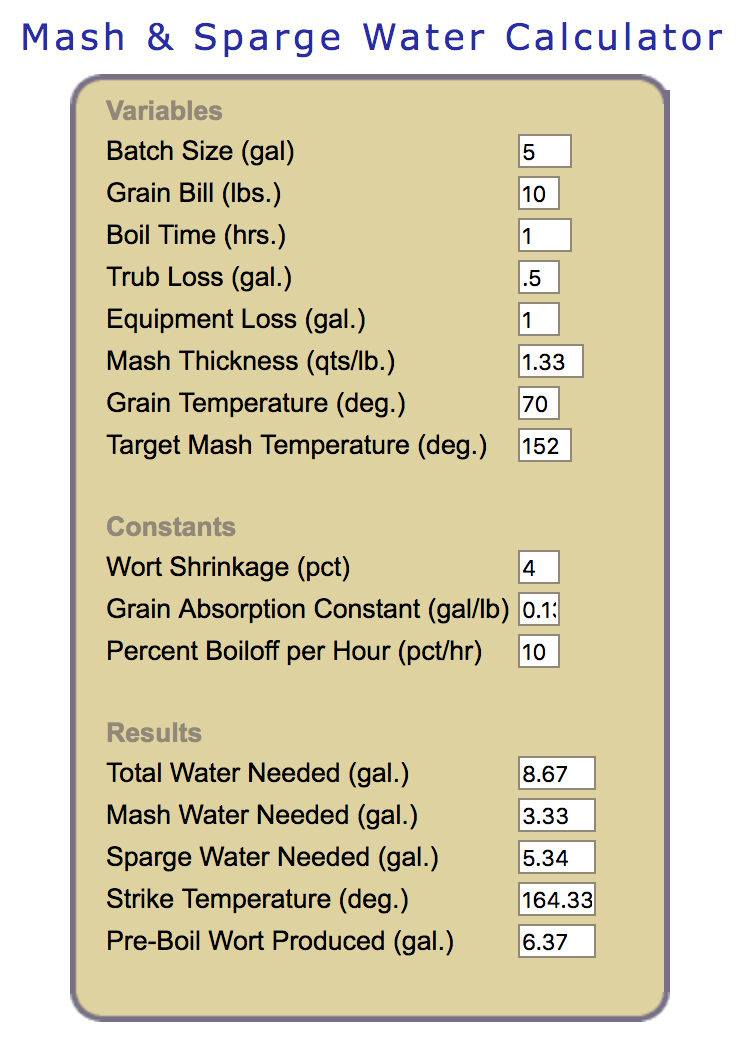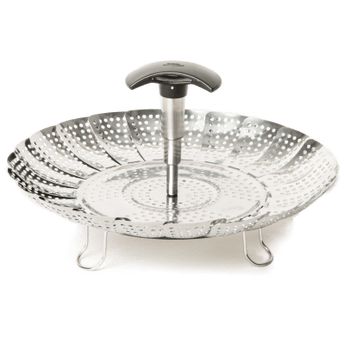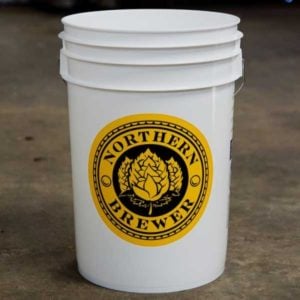UfoPizzaBeer
Member
- Joined
- May 9, 2019
- Messages
- 6
- Reaction score
- 0
Hello, I want to start brewing for the first time, and I have obviously lots of doubts.
First, I don't know very much about calculations, units, values... Do you guys know any orientative tutorial for these complicated matters? such as OG, FG, ABV, IBUs...
At the moment all I know I learned it watching this recipe, which I think it's quite comprehensive for beginners like me, that are just following recipe kits:
So, following those steps I am planning to brew this 30 litters IPA kit (although I am planning to brew only 20 litters, adjusting measurements accordingly):
IREKS 5.2Kg Pale Ale Malt
IREKS 0.3Kg Crystal Mahogany Malt
IREKS 0.3Kg Crystal Teak Malt
IREKS 0.5Kg Crystal Maple Malt
,
50g Cascade Hops
35g Chinook Hops
45g Citra Hops
,
11.5g Dry Ale Yeast
So my main doubt is, would it be a good idea to also add Liquid Malt Extract? I have this one:
Mangrove Jack's pure liquid malt extract - light 1.5 kg
If so, how much would be reasonable? would affect the IPA flavour? the ABV? any other unexpected consequences?
Thank you!
First, I don't know very much about calculations, units, values... Do you guys know any orientative tutorial for these complicated matters? such as OG, FG, ABV, IBUs...
At the moment all I know I learned it watching this recipe, which I think it's quite comprehensive for beginners like me, that are just following recipe kits:
So, following those steps I am planning to brew this 30 litters IPA kit (although I am planning to brew only 20 litters, adjusting measurements accordingly):
IREKS 5.2Kg Pale Ale Malt
IREKS 0.3Kg Crystal Mahogany Malt
IREKS 0.3Kg Crystal Teak Malt
IREKS 0.5Kg Crystal Maple Malt
,
50g Cascade Hops
35g Chinook Hops
45g Citra Hops
,
11.5g Dry Ale Yeast
So my main doubt is, would it be a good idea to also add Liquid Malt Extract? I have this one:
Mangrove Jack's pure liquid malt extract - light 1.5 kg
If so, how much would be reasonable? would affect the IPA flavour? the ABV? any other unexpected consequences?
Thank you!






